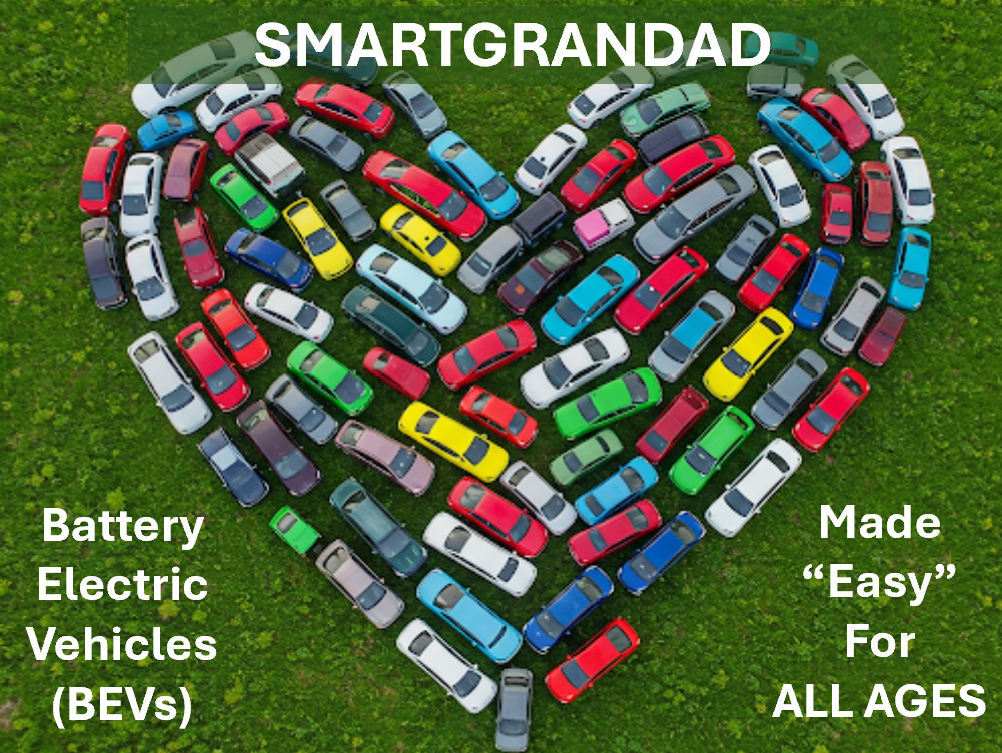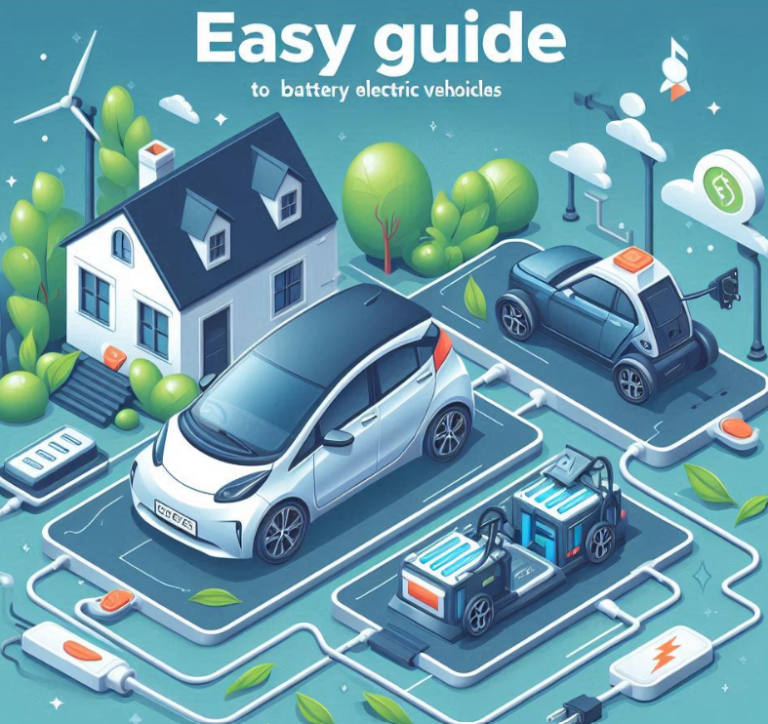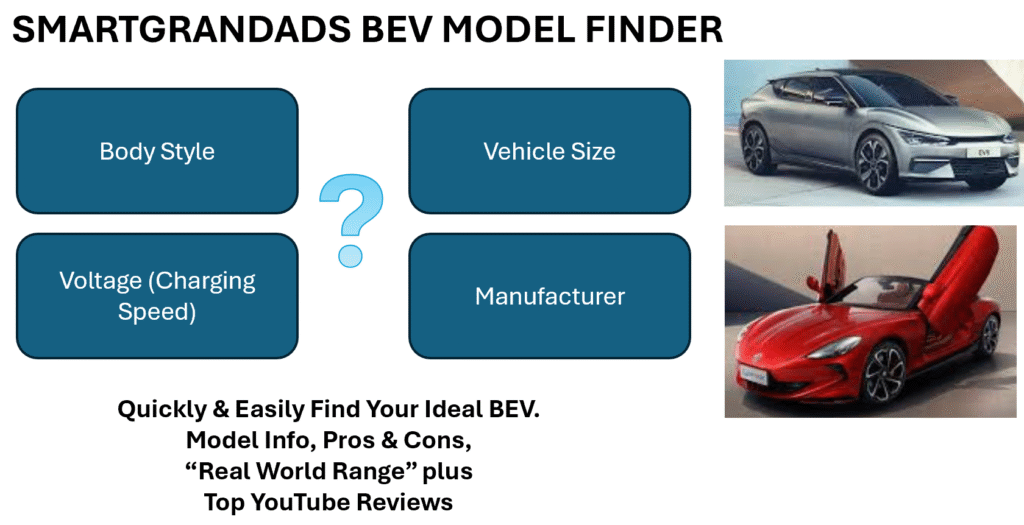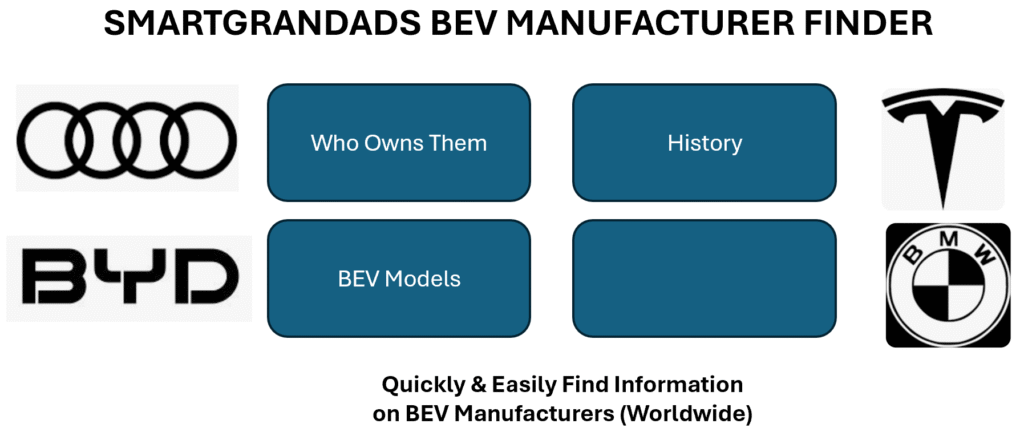OPINION: At Last German Giants Raise EV Game!
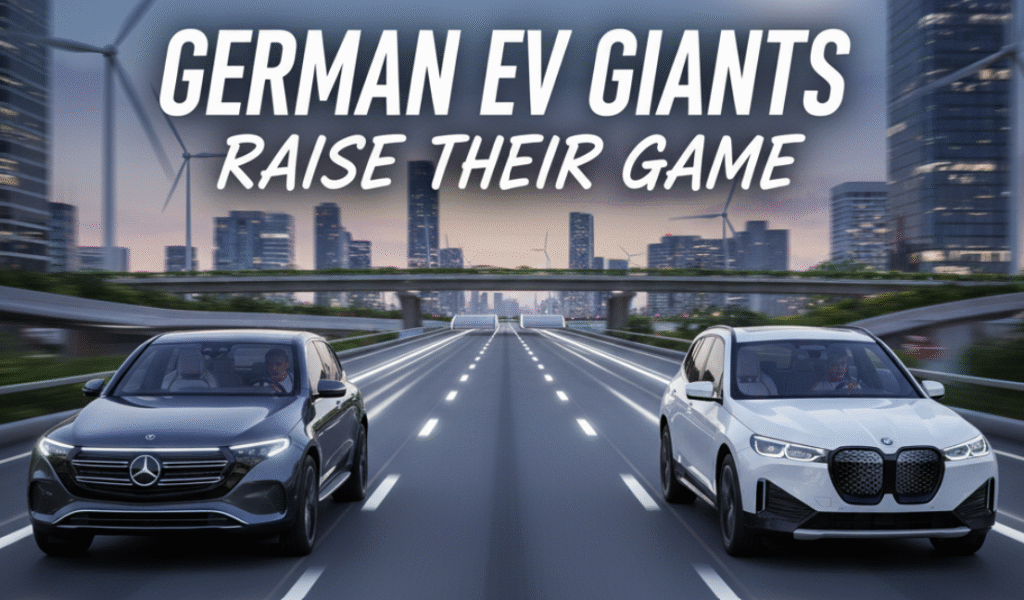
So far German Car Giants have missed the EV “Goal”
The automotive world has watched with keen interest as Chinese EV manufacturers rapidly scaled their operations, offering compelling electric vehicles that often undercut established brands on price and technology.
For luxury stalwarts like Mercedes-Benz and BMW, this presented a unique challenge, particularly from agile players like TESLA, XPENG, BYD and Nio.


GERMAN EV Lower Specs, Quality & Higher Prices
While both brands had entered the EV space, their initial offerings sometimes felt like compromises—conversions of existing platforms or niche models that didn’t fully capture the essence of their celebrated combustion-engine counterparts.
Previous Mercedes-Benz EVs, such as the EQC, while luxurious and refined, were built on modified ICE platforms, which impacted their dedicated EV architecture potential in terms of range, packaging, and ultimate efficiency.
BMW’s earlier electric vehicles, like the i3, were innovative and distinct but often aimed at a specific urban niche, not directly challenging the broader market segments where they historically dominated, unlike the broader appeal of a BYD, POLESTAR, Tesla Model 3 or Model Y.
Using 400v platforms, limited range combined with slow charging speeds have not removed initial customers “Range Anxiety”. Problems with electronics and very high pricing levels have lead customers to look else where for their EV solutions.
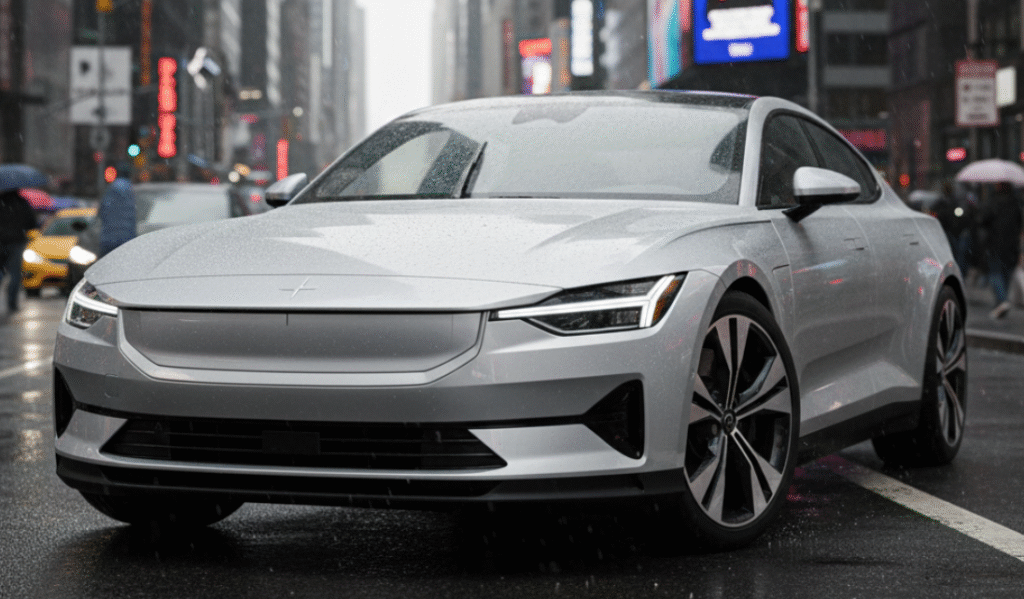

Raising their Game: A New Breed of EVs
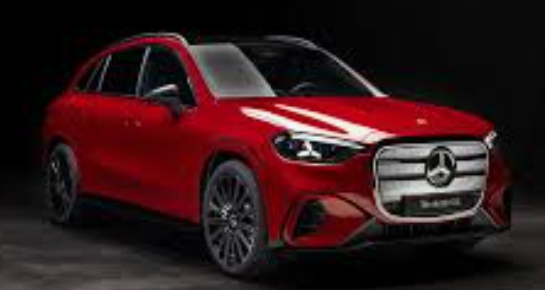
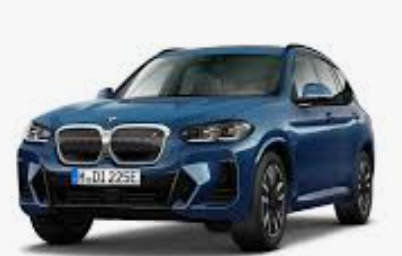
However, with the introduction of models like the Mercedes-Benz GLC EQ (referring to the electric equivalent of the popular GLC, likely the EQC SUV, or future dedicated electric SUV) and the BMW iX3, there’s been a dramatic shift.
These latest iterations represent a significant leap forward. Both vehicles now offer highly competitive ranges, thanks to improved battery technology and optimized powertrains.
Their charging speeds have been boosted, addressing a key concern for many EV adopters, often matching or exceeding benchmarks set by competitors such as Hyundai’s Ioniq 5 or Kia’s EV6.
Inside, the infotainment systems are more integrated and intuitive, leveraging advanced AI and connectivity.
Critically, these cars are designed from the ground up, or at least heavily optimized for electric propulsion, allowing for better interior space, dynamic handling tailored to the electric drivetrain, and a more cohesive design language that confidently proclaims their electric identity.
These new models embody the luxury, performance, and technological sophistication expected from German engineering, now fully adapted for the electric era.
The Road Ahead: Can They Win Back Customers?
Will this be enough to win back customers and fend off the Chinese challenge? The improved range, faster charging, and enhanced technology certainly make a strong case.
However, the battle will likely hinge on more than just specifications. Brand loyalty, perceived quality, and the overall ownership experience—including dealer networks and after-sales service—will play crucial roles.
While the new Mercedes-Benz and BMW EVs are undoubtedly more competitive, the aggressive pace of innovation and price sensitivity in the EV market, exemplified by brands like XPENG, BYD, POLESTAR, VOLVO and many others, mean that established brands must continuously evolve to not just catch up, but stay ahead.
It’s a promising step, but the EV race is far from over.
AGREE or DISAGREE, Please comment in the Feedback Section Below.
SMARTGRANDAD – EVs FOR ALL AGES
CHECKOUT SMARTGRANDAD.COM for all the latest EV Models, Manufacturers and News.
NEW: #4 SG EXPLAINS XPENG APP REMOTE CLIMATE CONTROLS
#3 SG SG EXPLAINS XPENG APP – NAVIGATION
Want SMARTGRANDAD to explain something on EVs, just send the suggestion in the Feedback section below.
If you want SMARTGRANDAD to write an EV related article, just send the suggestion in the Feedback section below.
